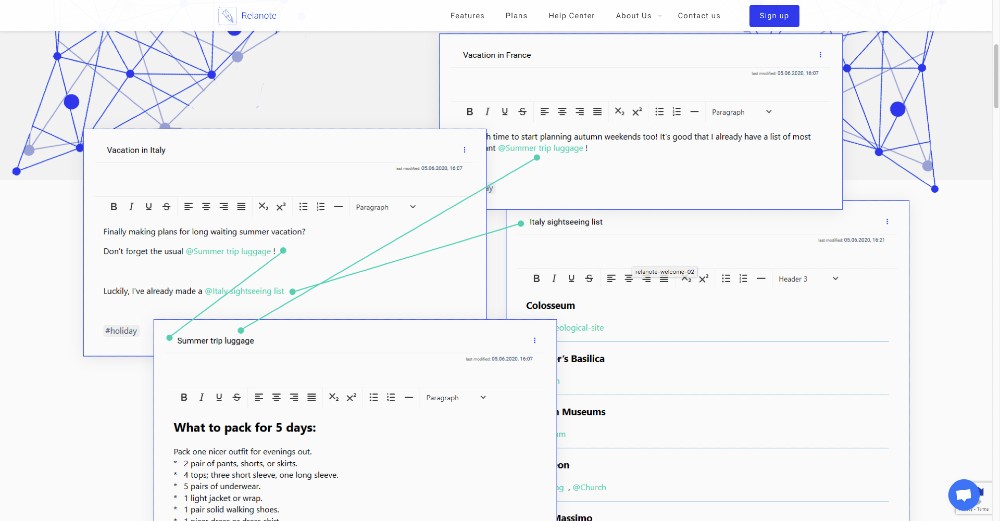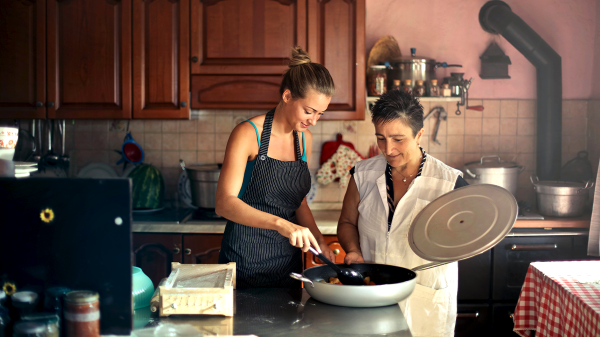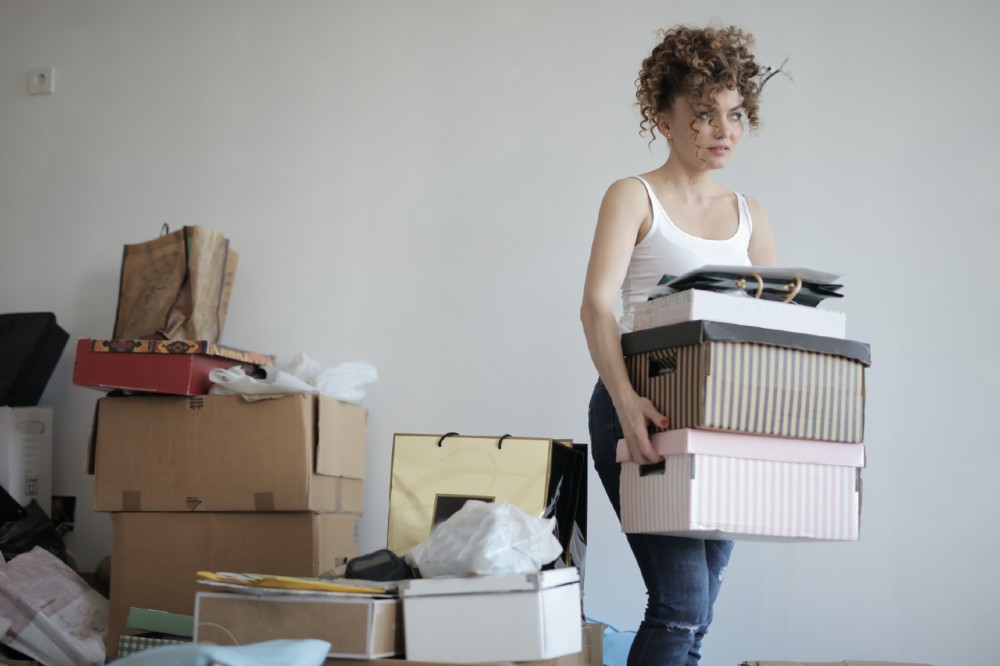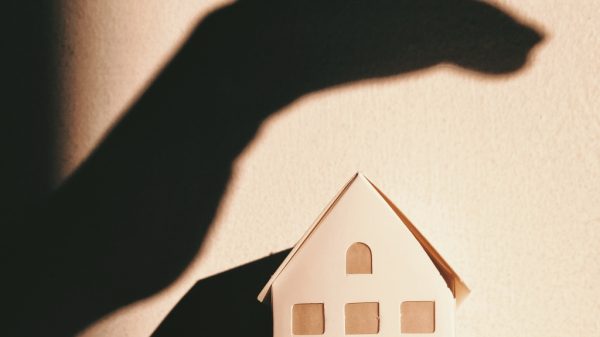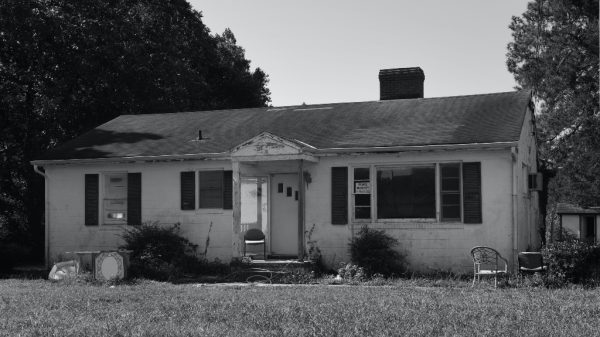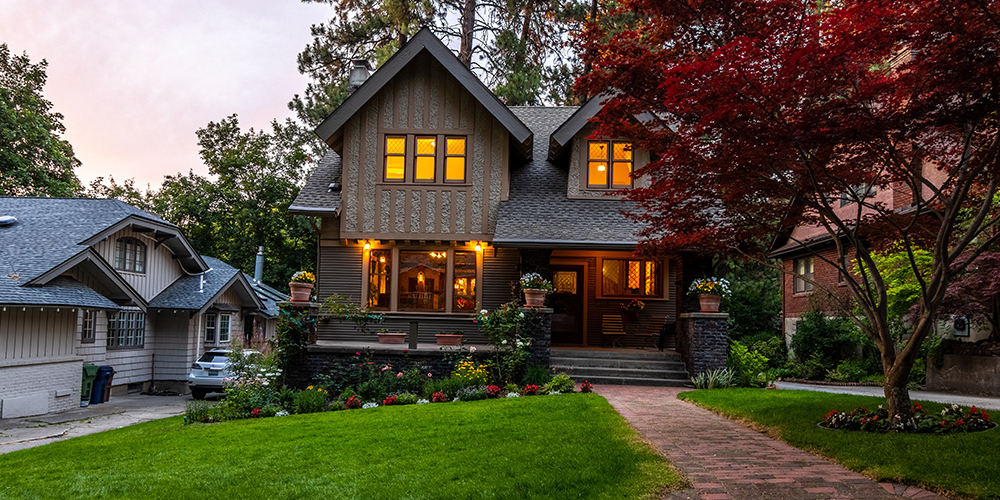Staging your home for sale is a hilariously convoluted process that can involve anything from vacuuming your sofa to renting a whole house-worth of furniture to ensure that the feng shui (or whatever) matches up with the price tag. If your client is in a slightly less pretentious mood when it comes time to sell, consider white-boxing.
Far from being a racial slur, white-boxing refers to emptying out every space in a house to present clients with a blank slate. The idea is that no furniture is better than outdated or ratty furniture (your horse-hair blanket is hurting more than it’s helping, Kyle), and clients may even be able to save on some renovation costs along the way.
White-boxing also allegedly allows potential buyers to envision freely the space as they prefer it rather than emphasizing a style which may not appeal to everyone in the market.
Buyers who are interested in touching up or renovating their home may also be more attracted to a white-boxed house due to the open nature of the presentation. By that same token, though, white-boxing makes it much harder to hide blemishes and other flaws which can turn buyers away — if a home is a bit quirky, you may want to stick to a traditional form of staging or address the problems before the house goes on the market.
There are a couple of key things to note if you’re thinking about white-boxing a home.
Firstly, the home’s location and/or view should be the main selling point if you’re in a high-end market; otherwise, you may end up with a string of snooty customers wondering why there’s nowhere to sit. Similarly, you should avoid white-boxing a client’s home if it’s particularly cozy — empty rooms can appear even smaller than they actually are, so you may have to rely on the existing furniture to close the deal.
Hiring a staging professional is always ideal and is proven to increase the bottom line, but in some instances, white-boxing (you know, the way you used to sell homes) is a growing trend that has some upsides to consider.
Whatever you decide to do, make sure you commit to a staging style — leaving a dining room set in the middle of an otherwise empty house is super weird, and the inverse is just as unnerving. However, if you’re looking to cut down on staging costs and your client’s home has little to hide, white-boxing may be the right choice.
Jack Lloyd has a BA in Creative Writing from Forest Grove's Pacific University; he spends his writing days using his degree to pursue semicolons, freelance writing and editing, oxford commas, and enough coffee to kill a bear. His infatuation with rain is matched only by his dry sense of humor.








